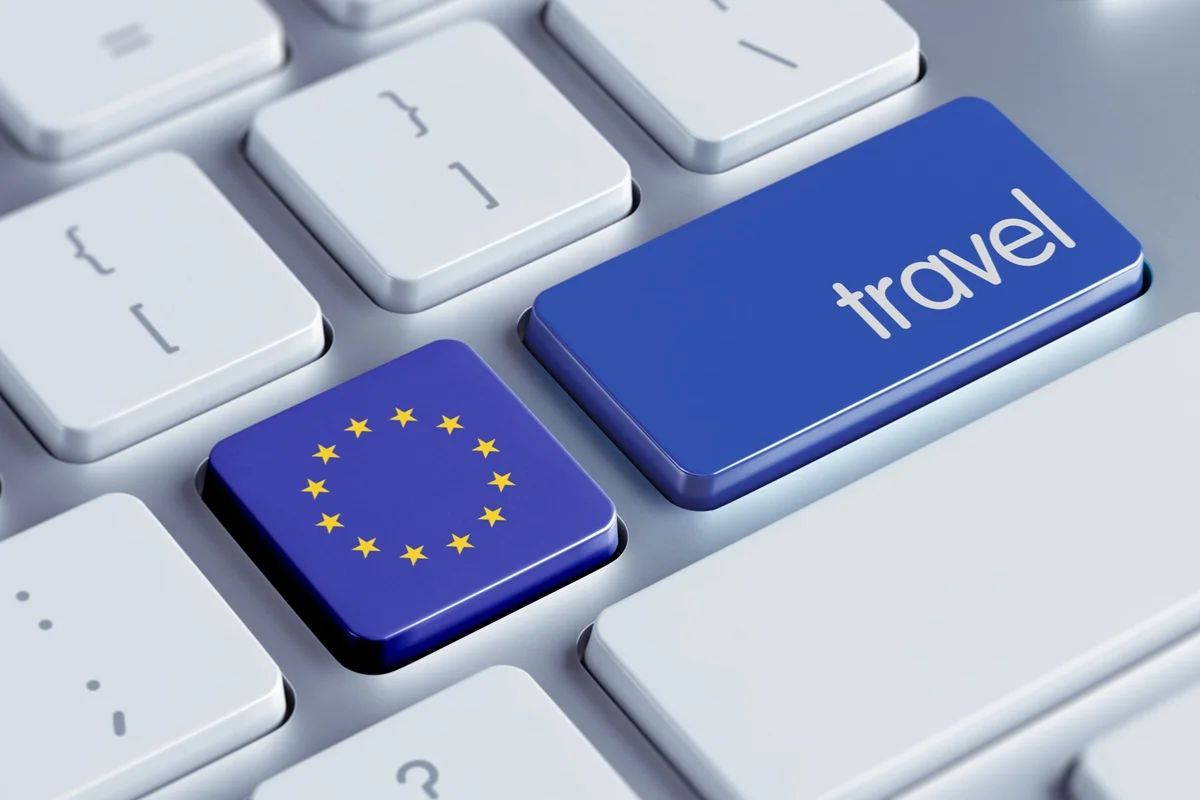The European Union’s long-awaited Entry/Exit System (EES) officially rolled out on October 12, 2025, transforming how non-EU travellers enter and leave the Schengen Area.
The rollout will be gradual, continuing until April 10, 2026, when every external border checkpoint in all 29 Schengen countries is expected to use the system fully.
What Exactly Is the Entry/Exit System?
The Entry/Exit System is a new automated border control system designed to replace the traditional passport stamping process. It digitally records each entry and exit of non-EU and non-EFTA nationals visiting the Schengen Area for short stays.
In short, instead of officers stamping your passport, your details will be logged automatically into a secure EU-wide database. This includes:
- Personal data from your passport (name, date of birth, nationality)
- Date and place of entry and exit
- Biometric data, such as fingerprints and a facial image
- Records of any refused entry, if applicable
This move affects travellers entering any of the 29 Schengen countries, including popular destinations like France, Germany, Italy, and Spain.
(Note: Cyprus and Ireland are not part of the Schengen Zone and will not implement the EES.)
Who the EES Applies To
The EES covers Non-EU and non-EFTA travellers entering for short-term stays (both visa-required and visa-exempt). It applies to those entering the Schengen Area for short stays, that is, up to 90 days in any 180-day period, with or without a visa.
It is worth noting here that the EES does not apply to holders of:
- Long-stay visas
- Residence permits or cards
- Family residence cards for EU or EFTA citizens
Each member state will handle its own national implementation, including passing necessary legislation and managing border technology upgrades.
Some countries may also launch Facilitation Programs for frequent non-EU travellers, allowing faster processing for those with a reliable travel history.
How the EES Rollout Will Work
The EES rollout will happen in stages:
- From October 12, 2025, each Schengen country must activate the system at least at one border checkpoint and start collecting biometric data.
- Within the first 30 days, at least 10% of border crossings must be processed through the EES.
- Over the next six months, coverage will expand until every Schengen border is connected by April 10, 2026.
Countries are currently upgrading their infrastructure and IT systems to support biometric collection and real-time data transmission.
How This Connects to ETIAS
The EES is one part of Europe’s broader border modernization strategy. Once it’s fully running, it will work alongside ETIAS, which is expected to launch a few months later, in late 2026.
ETIAS will require visa-exempt travellers, like those from the U.S., UK, Canada, Australia, and Japan, to obtain pre-travel authorization before entering the Schengen Area, similar to the U.S. ESTA system.
Together, EES and ETIAS will give authorities a clearer picture of who is entering, leaving, and overstaying in the Schengen Zone.
Digital Future of Schengen Travel
The EES is just the start. The Schengen visa application process itself is also moving online. By 2028, travellers will likely be able to complete and submit visa applications entirely through a digital platform, ending the need for paper-based forms and in-person submissions in many cases.
What Travellers Should Do
Here’s how to prepare for the EES launch:
- Check your passport validity and ensure your biometric details are up to date.
- Allow extra time at border controls, especially in the first few months after October 2025.
- Stay informed by checking updates from your airline or the official EU EES portal for the latest rollout details.
Final Take
The Entry/Exit System marks one of the biggest shifts in European border management in decades. While it may cause short-term confusion, it ultimately promises faster, more secure, and more transparent travel across Europe.
For travellers, this means fewer stamps, smarter systems, and a border process that finally enters the digital age.
Follow and connect with us on Facebook, Twitter, LinkedIn, Instagram and Google News for the latest travel news and updates!
